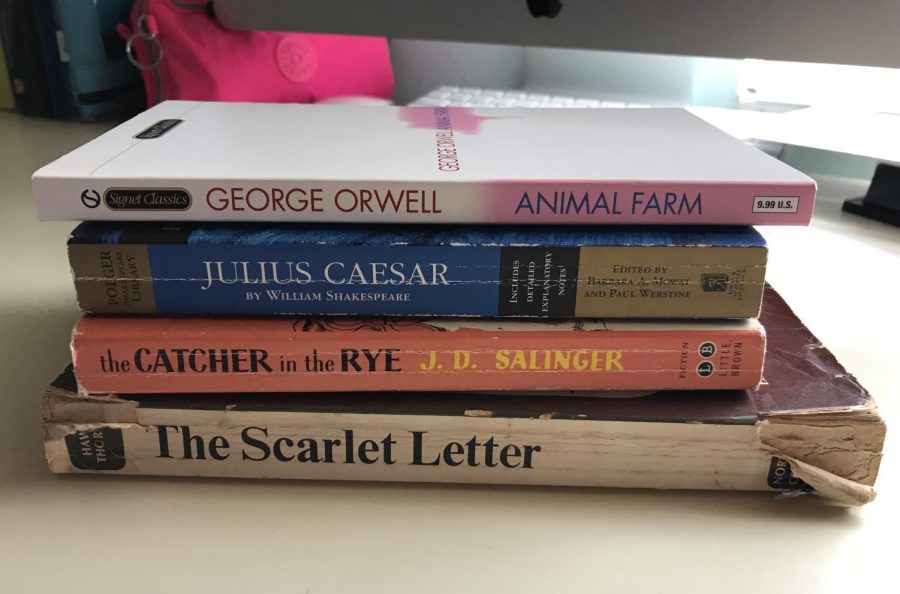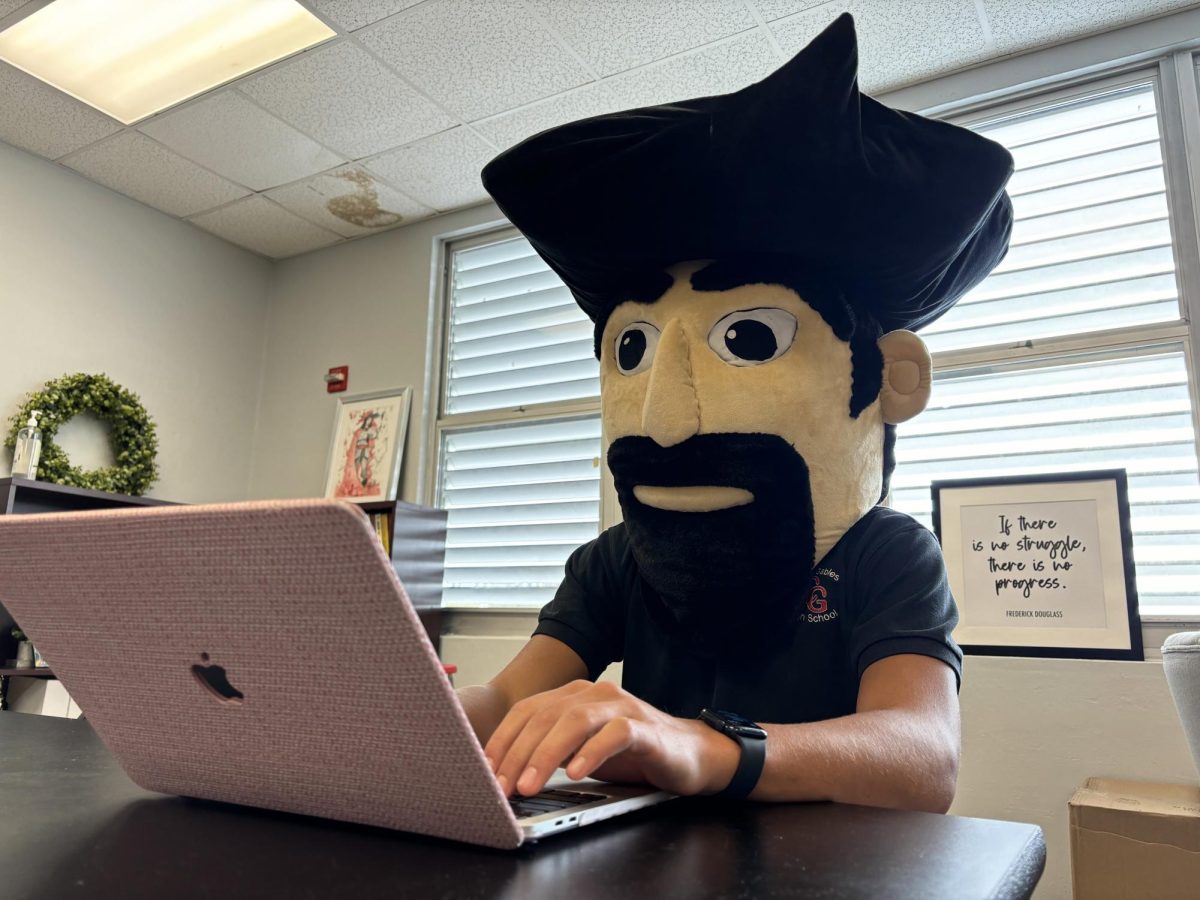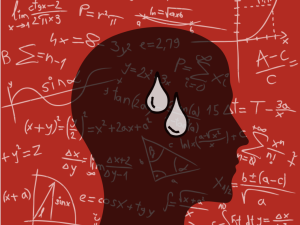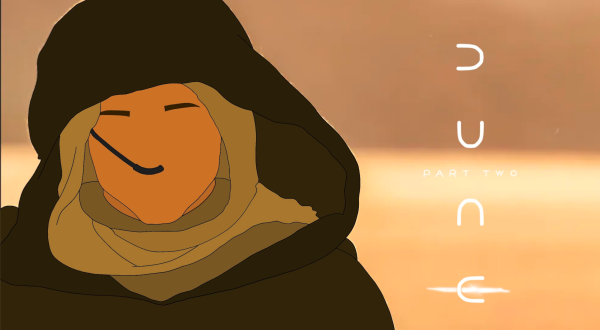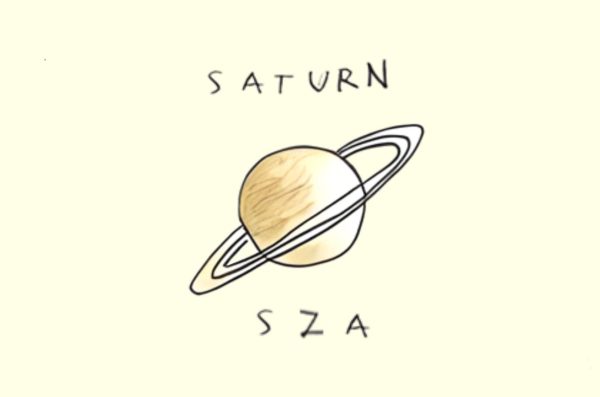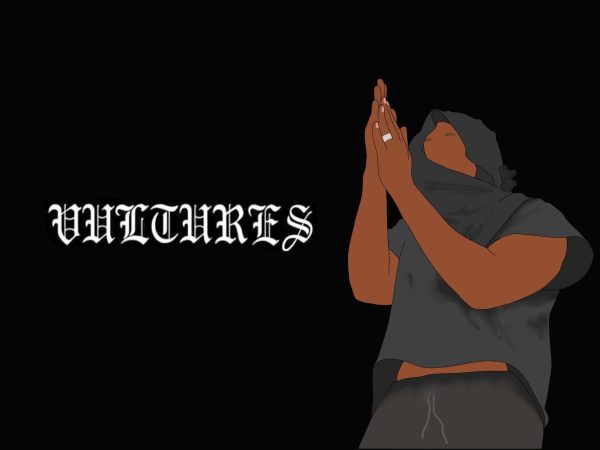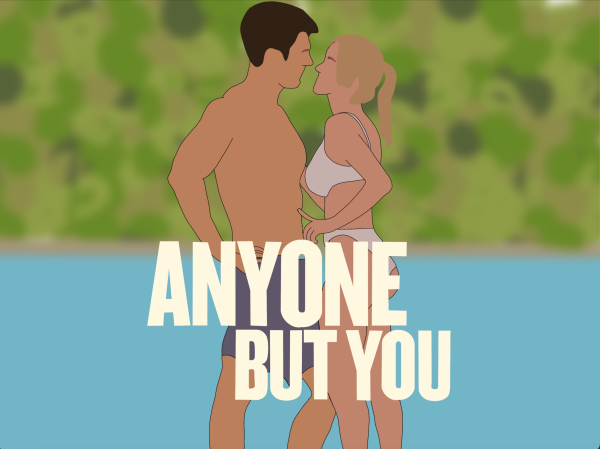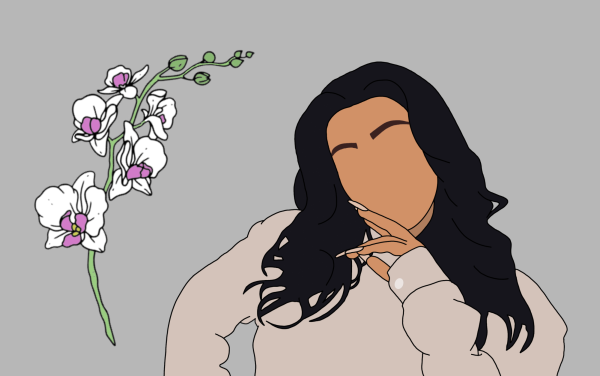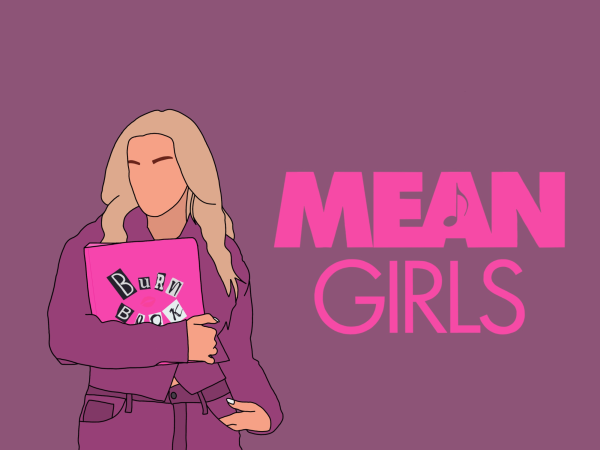Read them and Weep
They are the best of books, they are the worst of books.
Feb 10, 2018
In English classes throughout one’s formal education, many books will be read, reviewed and analyzed. Of those, some have been sampled in this article to serve as a non-definitive review to read instead of taking the time to actually read the books.
“Romeo and Juliet” & “Julius Caesar”
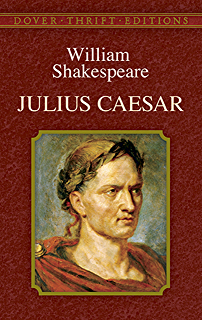
Mr. “stab-your-senator”
Our Rating: D-
Author: William Shakespeare
Date of Publication: 1599
When reading a book for school, teachers often advise against watching the movie adaptation of the book instead of simply reading it because of the possibility of events in the movie being different from those in the story. For this same reason, the act of reading “Romeo and Juliet” or “Julius Caesar” is silly, since these are both plays that are meant to be performed in a theater by actors. While in play form, both of these are a solid A, but as books or scripts, they are bland and confusing and the plays rate no higher than a D. Due to many crucial elements that get lost in translation from the stage to the page, one can’t, in good conscience, give these masterpieces the praise they deserve. This miscommunication may also serve to explain the disinterest throughout the classroom when teachers go over these “books.” These are plays, and therefore should be treated as plays. No more hanky-panky; if these works are to be taught, they should be taught in a theater class, as they were meant to be plays.
“The Catcher in the Rye”
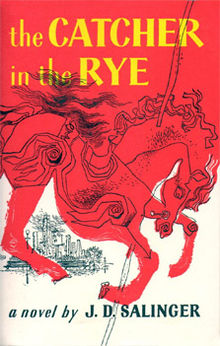
Phony fellas are the worst fellas.Our Rating: B+
Author: J.D. Salinger
Date of Publication: July 16, 1951
Unlike the works of Shakespeare, “The Catcher in the Rye” is actually a book and was published as one. In addition, unlike many other books one reads throughout their education, “The Catcher in the Rye” was written relatively recently (in the past seventy years), making the events and technology it references a little more relevant to the reader. “The Catcher in the Rye” tells the story of someone who is at least partially relatable to the average student, which is often not the case for other books. This makes the story more engaging as it is easy to identify with Holden, the protagonist. Overall, it is a good book with an enthralling plot.
“It was kind of like some of the books written around modern times, but it was still the basic angsty teen story we all know,” sophomore Bridget Babani said.
“The Scarlet Letter”

The 19th century’s version of “Who Dunnit?”
Our Rating: B-
Author: Nathaniel Hawthorne
Date of Publication: 1850
Unlike the previous two reviews, “The Scarlet Letter” is neither a play, nor modern and relatable. The fact that it’s a book and not a play is nice, but the antiquated nature of the novel is significantly less nice. However, while “The Scarlet Letter” is somewhat misunderstood because of Hawthorne’s rampant and unapologetic use of “ye olde Englishe,” the plot plays out like a pseudo-entertaining soap opera—one doesn’t really want to be entertained by the story, but it happens anyways. For this reason, “The Scarlet Letter” earns a B-, as the plot is not only like a soap opera, but a rather good soap opera at that.
“The story was kind of like a mystery novel, but with all the old-timey aspects of life too,” sophomore Brian Mena said.
In conclusion, these books are more or less interesting, except for the fact that any possibility of enjoyment is utterly destroyed by being forced to read them. However, looking back on these works, ignoring any deadlines or assignments attached, they might be able to be enjoyed to a small degree.


